Ankle Foot Orthosis
Introduction
Foot and ankle orthoses AFOs are external biomechanical devices that are used on the lower limbs to enhance gait and the physical functioning of the diseased lower limb by stabilizing the joints.
By providing foot clearance, limiting or assisting ankle and foot ROM, such as dorsiflexion and plantar flexion, improving balance, lowering the risk of falling, assisting with weak lower limb muscles, enabling a return to prior activity, or facilitating patient mobility, AFO is used as a supportive device and aid for ambulation through different gait stages.
They come in a variety of forms and materials, and if they are used on young people, they may be altered based on the purpose and the person’s growth. Because they are composed of thermoformed plastic, alterations and adaptations may be done. AFOs are used as night splints to avoid contractures in some stroke patients, cerebral palsy patients, and individuals with other neurological diseases.
Types of AFOs
Traditional plastic AFO.
- They work best for short-term usage and are intended to offer the highest level of medial/lateral joint stability.
- They may be customized by heat molding, are affordable, and are simple to use for a range of applications.
- They find it challenging to slide into shoes.
Swedish AFO
- They fit shoes easily, are easier to customize with heat molding, and have a smaller profile than standard AFO.
- Offer a considerable amount of side stability.
- support the moderately active individual and help with static ankle dorsiflexion.
- They are easy to use since there is room for the calf and heel muscles.
Carbon Fiber AFOs.
These are lightweight, dynamic, semi-flexible AFOs from the present era that tilt the footplate 10 to 15 degrees, starting at the metatarsal heads.
In addition to providing stability and strength, the open heel design and low profile assist in preventing pressure and contact with the foot’s important pressure points.
For individuals with lateral ankle instability, there is medial support, as well as lateral support to manage ankle pronation and eversion.
For an active individual, they are the ideal option for promoting a regular gait pattern and managing torsion forces.
Low profile and Prefabricated
Indications
Suggested as a low-profile treatment option for small foot and ankle fractures as well as sprains of the ankle. Has a smaller profile and is thus more aesthetic than alternatives like an AFO or CAM walker, but it offers less stability and support.
Depending on the specific brace used, there will be differences in the degree of support and the design materials.
Conventional vs. Total Surface Bearing
Because whole surface bearing/thermoplastic results in larger control regions and lower skin pressure, it is always preferred. Hence, compared to the traditional option, entire surface-bearing orthoses offer more comfort and improved functionality. In addition, Total Surface Bearing/Thermoplastic designs are significantly lighter, have a superior durability-to-weight ratio, are simpler to maintain, and can be effortlessly switched out for new pairs of shoes.
Although they are typically the last choice in favor of whole surface bearing/thermoplastic or hybrid designs, conventional AFOs may be rather useful tools. Conditions with varying edema fluid retention or patient choice are suitable candidates for their usage.
Conventional
Indications
- Circumstances when fluid retention or edema fluctuate
- customer preference
- Heat sensitivity, as in the case of multiple sclerosis (braces made of thermoset or carbon are other options).
- The patient’s leg can only be measured or traced (very uncommon)—it cannot be cast or scanned.
Contraindications
- Cosmesis
- Stirrups make changing shoes difficult
Advantages
- Better suited for varying edema than full contact designs.
- To construct, just the leg’s outline and measurements are needed.
Disadvantages
- Increased skin pressure as a result of forces acting on a little surface area.
- Because there is less surface area, there is less control.
- Joints and uprights tend to be heavy
- Cosmetically unappealing
- The shoe is essential for controlling the arch of the foot.
Total Surface Bearing/Thermoplastic
Indications
- Whenever considerable variations in volume are not expected.
Contraindications
- When significant changes in volume are anticipated
Advantages
- Increases control
- Reduces pressure on the skin
- More comfort
- Considerably lighter
- High durability/weight ratio
- Easy to clean/ hygienic
- Can easily be changed to different shoes.
Disadvantages
- Not as adaptable to volume variations as traditional systems
Dynamic type AFO
Indications
- The most adaptable AFO ever created.
- Adaptable enough to begin as a solid AFO, transition into a restricted articulation, and then adjust the range of motion as needed for rehabilitation
- regulates the ankle’s medial/lateral stability
- regulates the dorsiflexion/plantar flexion range’s endpoints.
- does not always stop the three rockers throughout the gait’s stance phase.
- Because it is multi-adjustable by a therapist without the need for any instruments, it provides excellent diagnostic orthosis throughout the post-trauma rehab phase.
- based on the kind of joint.
Cons / Contraindications
- Anatomical alterations may not correspond with joint increments.
- challenging to apply if there is a significant subtalar joint spastic varus or valgus deformity.
Solid Ankle AFO
Indications
- A candidate with poor ankle stability or medial/lateral control
- A candidate with very little or no range of motion, or without active dorsiflexion and plantarflexion
- prevents plantar flexion, which stops foot drop.
- prevents hyperextension and/or hyperflexion, which helps to manage the knee (depending on the angle at the ankle)
- Note: This may be recommended to treat hyperextension or knee instability. However, in major situations, a KAFO-type device above the knee joint may be necessary for effective control of the knee joint. Additional design considerations include the use of a hinged AFO with plantarflexion stop if the patient merely exhibits a predisposition towards hyperextension at the knee since this would prevent needless dorsiflexion blockage. Alternatively, a Floor Reaction AFO may be a more successful method of blocking dorsiflexion if the patient just experiences instability in their knee flexion.
- Reduces tone by keeping the gastrocsoleus flexed; helps in push-off by preventing the body from collapsing into dorsiflexion.
Cons and Contraindications
Restricts the range of motion. Therefore, if preventing plantarflexion, dorsiflexion, and inversion/eversion is not necessary to achieve the orthotic purpose, it can be overdone.
- slows the rate of advancement. Note: You may lessen this by adding a rocker bottom or by thinning down the footplate distal to the metatarsal heads.
- flexion of the knee, flat moment of the foot during heel impact, and Perry’s first rocker. Note – this can be reduced by the addition of a SACH heel.
- When in dorsiflexion, a reasonable level of quadriceps strength is needed.
- Note: The installation of a SACH heel might lessen this.
- When in dorsiflexion, a reasonable level of quadriceps strength is needed.
- Note: An expanded heel-toe lever arm will usually exacerbate a predisposition towards transverse plane difficulties (e.g., internal or external rotation of the foot). To circumvent this issue, use a hinged AFO. If at all feasible, thin or decrease the toe plate.
Floor Reaction AFO
Indication
- Identical to solid AFO’s frontal plane functionalities.
- gives a substantial knee extension moment in the sagittal plane during the weight-bearing/stance phase.
- Since it may accomplish knee stability while retaining efficiency by minimizing weight and bulkiness, this can be a great substitute for a KAFO design for individuals with weak or trace quadriceps.
- Note: Because articulated designs avoid needlessly obstructing plantarflexion, they may facilitate a more regular step length and stride.
- Utilized often in the crouch gait.
Cons / Contraindications
- Unstable or recurving knee
- When the external foot rotation is more than 25 degrees, the knee extension moment is impaired.
- If there are contractures in the knee flexion that go beyond 15 degrees
- Ankle must be able to bend neutrally or very little.
- If administered bilaterally, a minimum of fair quadriceps strength is required (because the sound side helps the patient to place the problematic side).
- The requirement for some trunk balance or the capacity to use one’s walking side.
PTB AFO
Indication
When the ankle and foot need to be significantly deweighted.
- Typically used for:
- Fracture management
- Arthritic joints
- Painful conditions of the heel
- Problems with ulceration
Cons / Contraindications
- Skin and peripheral circulation issues make it impossible for the PTB to apply pressure.
- Weak knee joint
CROW Walker-crow-boot
The C.R.O.W. combines a customized boot with an ankle-foot orthosis. When a more conventional form of therapy proved ineffective for individuals with significant Charcot alterations of the foot or ankle, the C.R.O.W. was created. With a rocker bottom sole integrated into the device, the device is essentially a bivalved copolymer full foot enclosure ankle foot orthosis.
The orthosis is made to fit the patient’s damaged limb exactly, with a customized foot insert lining the entire thing.
The imprint is adjusted appropriately to provide for equal weight distribution throughout the foot and leg.
Within reasonable bounds, adjustments can be made to the C.R.O.W. by cutting, adding padding, and flaring as needed. Although not 100% effective, it is quite helpful in preventing additional fractures in the patient because people may and do break through fiberglass and plastic casts.
Dressing in the C.R.O.W. is a simple task. Patients can practice good hygiene and take regular baths. A lot of patients use the C.R.O.W. to learn how to drive. Because the copolymers come in a variety of colors, the acceptability is good overall. The C.R.O.W. is a terrific tool since it allows you to shower and sleep without having to wear a cast.
How often should I wear my AFO?
Following the prescription of an AFO, you and your orthodontist will decide on an appropriate wearing regimen. It is normally recommended that you begin wearing your AFO for 30 minutes at a time and increase it by 15 minutes every day until your tolerance grows.
When wearing your AFO for the first time, it’s crucial to progressively extend the wear time.
The danger of skin pressure and pain is increased by the stiff plastic material used to make the AFO. As a result, a progressive wearing-in will enable you to evaluate your skin and keep an eye out for any pressure indicators.
Since an AFO shouldn’t hurt, if you do feel any pain or discomfort, take it off, look for any noticeable redness or pressure spots on your skin, and shorten the wear period to allow for further customization.
What shoes should I wear with my AFO?
The footwear you choose does not need to have these features because your AFO will give the foot and ankle structural stability. Because AFO designs tend to be a little thick, you might need to buy shoes in a bigger size to account for this. If you wear an AFO on only one leg, you may also need to buy shoes in a different size. It is advised that you take your AFO to a shoe store to test several shoe styles as soon as you receive it.
By doing this, you can make sure that your footwear and your AFO fit comfortably. Certain shoe brands are suitable for use with an AFO.
These include:
- Shoe Zone
- Nike Flyease
- Cosyfeet Friendly Shoes UK
How often will my prescription be reviewed?
The Orthotics Service will not routinely examine your AFO; however, if any of the following situations apply, we suggest getting in touch with us to schedule a review visit.
- a year following delivery for an overall assessment
- You sense that your AFO has worn out and isn’t working as it should.
- Your complaints have reappeared.
- You’re worried that your health may be changing.
How do I care for my AFO?
Typically constructed of plastic, your AFO is simple to clean. We would suggest cleaning your AFO once a day with a moist cloth or wipe to avoid bacterial accumulation and potential skin discomfort.
In the event that the padding or straps on your AFO get worn out or broken, please get in touch with Orthotics Service so that repairs may be scheduled.
Assessment
Determining the appropriate type of AFO based on the patient’s condition and assisting with the orthosis rehabilitation procedure is essential.
before the implantation of the device, a subjective evaluation of the patient that includes:
The fundamental pathology, the patient’s medical history, and the condition’s diagnosis.
occupation, degree of independence, mobility, and ADLs performed by the patient. Furthermore, clarify to the patient the purpose of the orthoses and whether a usage time frame is anticipated.
An objective evaluation consists of:
- Physical examination to check for skin pathology, wounds, edema, adhesions, scars, and bony landmarks.
- Muscle strength, accessible range of motion, joint stability, and any symptoms indicate any issues related to neurological deficits.
- Functional evaluation in both static and dynamic positions: analysis of joint position from three movement plans at W.B., departure from the standard posture, and balance.
- The gait analysis, functional strength assessment, and transfer capacity evaluation of the patient are examples of dynamic postures.
Measurement
In order to determine the ideal AFO, the lower leg, and foot measurements are obtained with the foot resting on the ground and the knee flexed:
The foot’s length measured from its longest point is used.
the distance between the metatarsal heads at the foot’s widest point.
the measurement was taken at the level of the two malleoli above the ankle.
Three measures of the lower leg’s circumference are taken: the first above the ankle joint, the second three inches above it, and the last measurement around the head of the fibula.
the distance measured along the leg from the floor to the fibula level head.
Fitting
Most orthoses, whether AFO or otherwise, will require minor modifications such as reshaping, adding straps, or adding internal padding.
- The patient with their foot on the floor and seated on a chair or the edge of the bed
- Make sure the skin is dry before donning long socks to prevent pressure points from coming into direct touch with the skin.
- To ensure stability and a secure fit, insert the heel in the AFO’s heel cup first, then fasten the ankle strap.
- Avoid applying direct pressure or pressing into the skin around the malleoli landmark. Excessive space around the landmark can potentially damage the skin and reduce the effectiveness of the AFO.
The length of the footplate, which indicates how far the toes are rested and comfortably positioned, is also significant.
Overview
For those with certain medical issues, an ankle-foot orthosis (AFO) is a rigid brace placed on the lower leg that enhances overall walking efficiency and safety. AFOs maintain joints in the right alignment, stabilize gait, and aid in muscular weakness compensation.
To meet each patient’s unique demands, several AFO types have been produced. In most cases, a medical professional or physical therapist will assess you to decide whether you require an AFO and which kind to recommend.
FAQs
What is an ankle foot orthosis used for?
Patients with weak ankle dorsi-flexors or plantar flexor muscles as a result of many conditions, including stroke, cerebral palsy, spinal cord damage, and peripheral nerve injury, frequently utilize ankle-foot orthoses (AFOs).
What is the ankle-foot orthosis brace?
AFOs, Boundless Bracing, Ankle-Foot Orthoses — Boundless…
The purpose of ankle-foot orthoses (AFOs) is to support and protect the foot and ankle or to enhance walking. These braces run past the ankle and under the foot, beginning below the knee. They can affect knee stability in addition to being frequently used to support or align the foot and ankle.
What is the principle of orthosis?
The main goals of orthoses are to stabilize and support the ankle, knee, and hip joints. Orthoses are made to enable people to walk about safely and effectively. Give the patient what they need in order to assist or mobilize them. It needs to be consistent with test and measurement results.
What causes ankle and foot pain?
The majority of foot and ankle pain instances are transient in nature and result from soft tissue injuries like sprains or strains. Easy self-care techniques should help these recover gradually. You most likely won’t need to visit a doctor for treatment, however, some people may require many months to fully recover.
How long do you wear ankle foot orthosis?
We advise using the AFO for 30 to 60 minutes at first and then increasing the usage every day by the same amount of time. After day five, you should be able to wear it for five hours without experiencing any issues. Depending on your situation, this might change. If you need more information, consult your orthosist.
References
- Ankle-Foot Orthosis (AFO) Types for Foot Drop. Verywell Health. https://www.verywellhealth.com/ankle-foot-orthosis
- Hartlepool and North Tees Ankle Foot Orthosis. NHS Foundation Trust. North Tees and Hartlepool NHS Foundation Trust. https://www.nth.nhs.uk/resources/ankle-foot-orthosis/
- Ankle-foot orthosis is an orthotic – Capstone Orthopedic. https://capstoneorthopedic.com/services/ankle-foot-orthosis/
- Introduction to Ankle Foot Orthoses. Physiopedia. https://www.physio-pedia.com/Introduction_to_Ankle_Foot_Orthoses

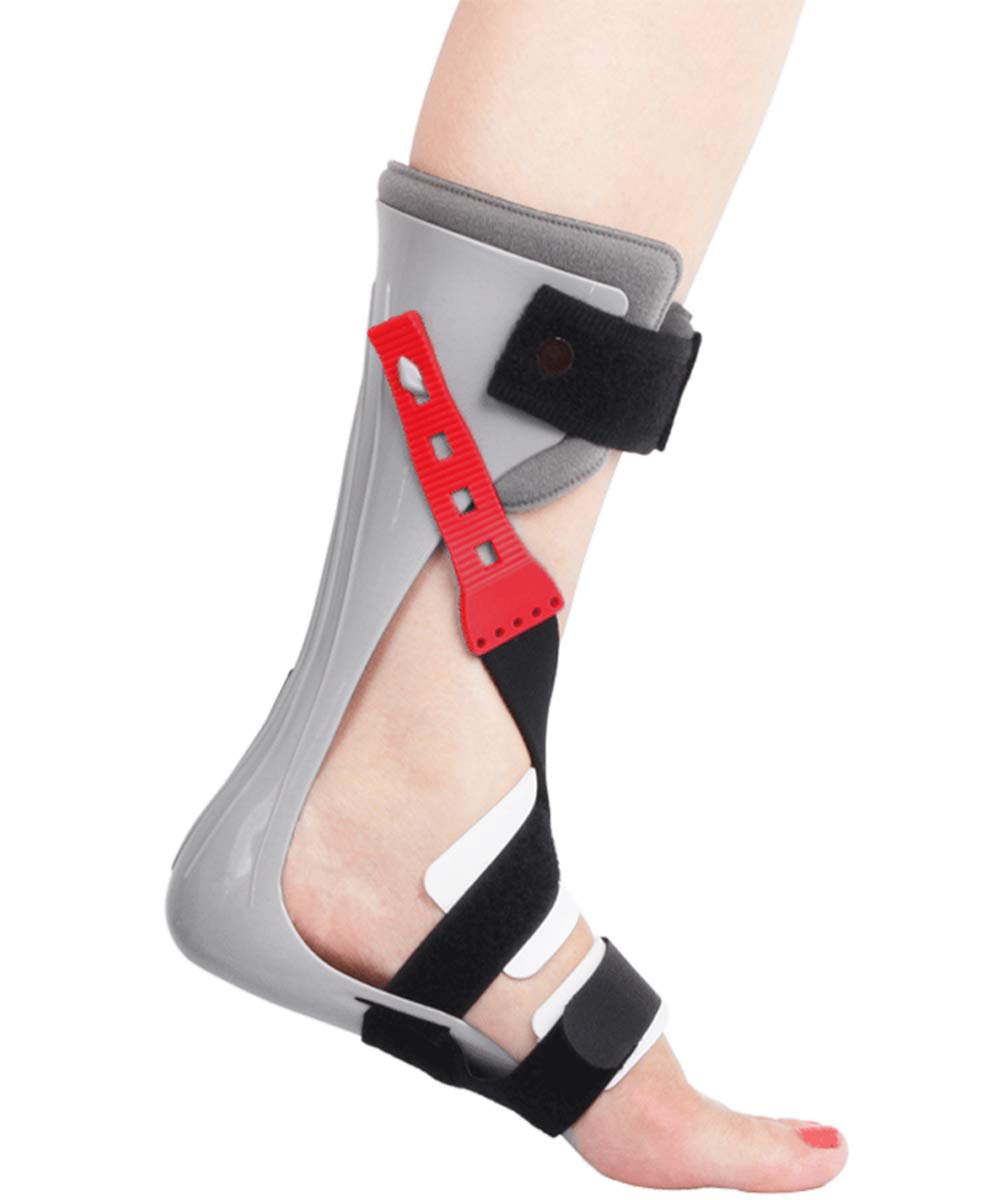
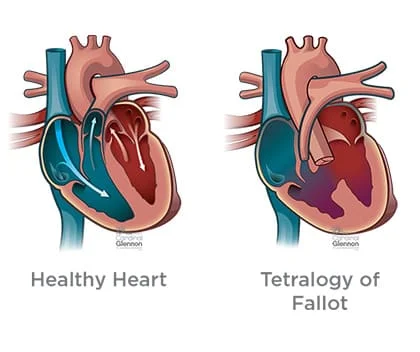
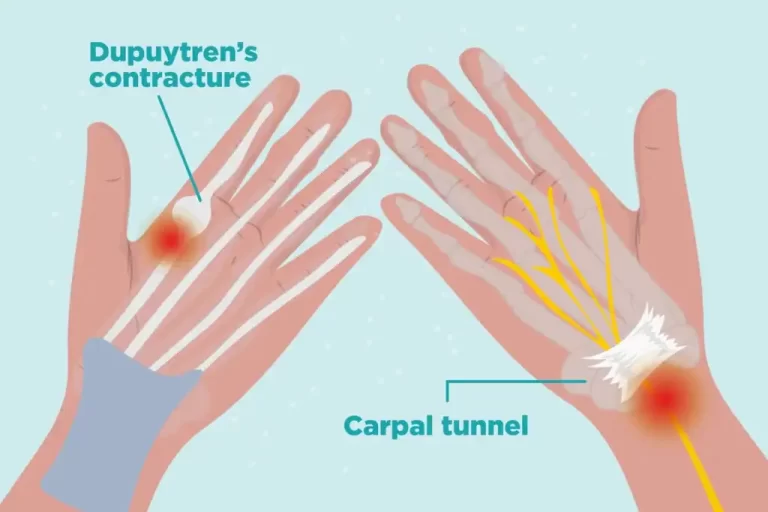
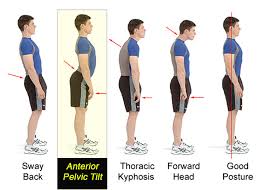
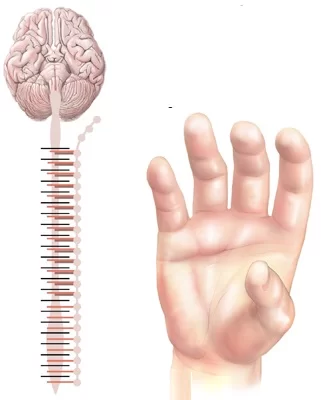
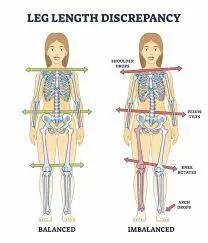
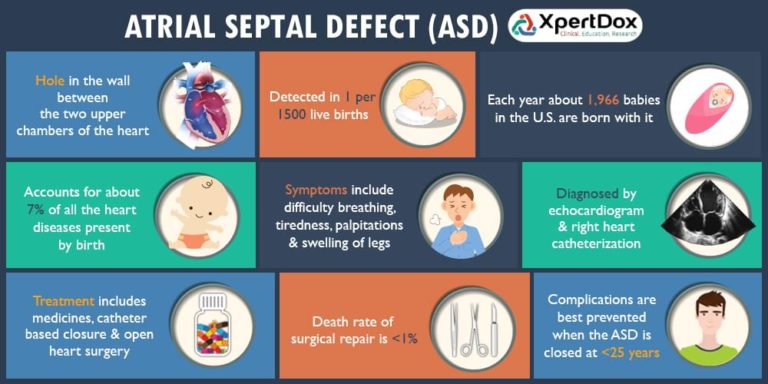
One Comment